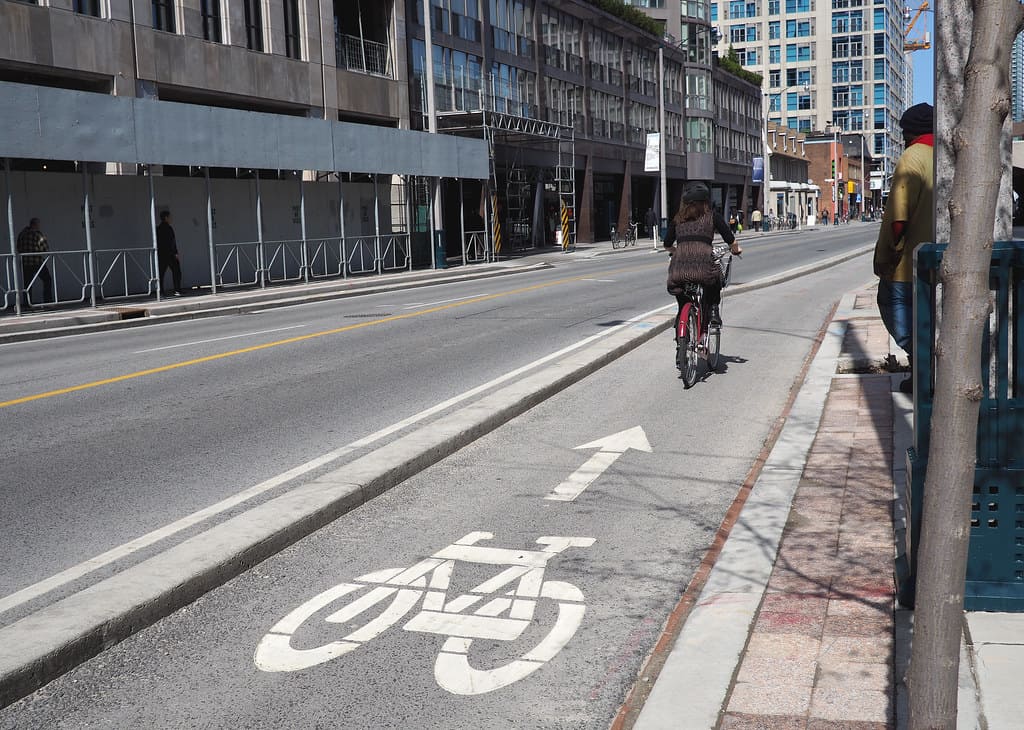Several years ago, I started thinking about commuting by bike.
Here are some of the reasons why I chose to bike to work instead of using another transportation solution:
- It costs much less
- There is no insurance required. Liability insurance is sufficient
- There is very little maintenance, and all maintenance can be done by yourself
- Get some exercise while commuting
In this article, Id like to give you the best bike commuting tips Ive learned over the past few years and share a few things I love about bike commuting.
Table of Contents
Reasonable Cycling Distance For Beginners
I recommend the following steps:
| Distance in miles | How much time | How many times |
| 3 to 6 miles | 15 to 30 minutes | the first week |
| 6 to 12 miles | 30 minutes to 1h15 | the following two weeks |
Step 1
The purpose of the first step is to test the bike, adapt the settings to your size, and find the proper saddle position.
Step 2
Youve got your bike set up comfortably, but physically youre not yet ready to ride for long distances.
This step aims to test your ability to cycle for long periods and find routes around your home that offer a pleasant ride.
The second goal is to test if the setup you made in step one is still comfortable for long-distance riding.
Step 3
You can increase the distance when you have ridden 20 km without difficulty.
Riding too far at first may make you tired and discourage you from riding the next day.
Beginner Cycling Tips
So if youre thinking of cycling your daily commute and youre in a place where you can do it, there are a few things to keep in mind.
And at the end of this post, Ill give you some pros of commuting by bike.
Safety
Safety is probably an essential thing that plays a significant role in bike commuting. You have to create the conditions to be safe all the time.
Be careful in intersections.
This is one of the most common scenarios where cyclists have been hit by a car.
It happens when youre in the right lane, riding smoothly, going straight. And a car in the opposite lane has to make a left turn across your lane to get to a parking lot or to cross an intersection. In this scenario, the motorist is focused on the cars and waiting for the opposite lane to be clear. Once the lane is clear, the driver turns left across your lane and pays no attention to anything else.
Often, cyclists have not been seen by the car turning left, and the car ends up hitting them. In these cases, you can always slow down for every car in the opposite lane turning left, usually at every intersection.
Let the cars pass
If you have any doubt about whether the driver saw you or not, stop and wait for the car to pass, even if you have the right to pass. Of course, in case of an accident, their insurance will cover you and buy you a new bike. But you can still get serious brain damage or broken body parts - you dont want any of that.
Cars in front of you
Watch out for the car in front of you and stay away from it.
You need to give the car in front of you enough distance. Otherwise, you will have a delayed reaction if the car starts to slow down suddenly.
This frequently happens when you get off in the middle of the lane.
It is even more important in wet weather.
Take the whole lane
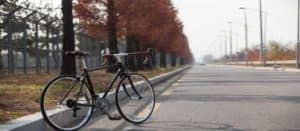 Dont always stay on the side of the road. Move into the lane a little, so drivers dont try to cut you off. Take the space you need to feel safe, especially in the following cases.
Dont always stay on the side of the road. Move into the lane a little, so drivers dont try to cut you off. Take the space you need to feel safe, especially in the following cases.
You are going about the same speed limit.
You need enough room to handle your bike on the fast descent
You dont want a car to pass you
The proper way to pass cyclists on the road is to wait until there are no cars in the opposite lane to pass. You must give the cyclist a certain amount of space when passing. But not all drivers are patient and are always tempted to pass you. In any case, some cars are not educated on how to give a cyclist priority.
Take the whole lane to protect yourself and prevent them from passing you in bad conditions that could be dangerous for you.
Bike lane right next to parked cars
Cars parked on the side of the road are potentially dangerous because the driver can open the door anytime without paying attention to cyclists.
Youll hit that car door, or youll be tempted to avoid that door and go into the center of the lane, which is more dangerous.
So in this situation, slow down and be ready if a driver opens the door or takes the whole lane, even if there is a bike lane right next to the cars parked on the side of the road.
Signal with hands
Also, signal wherever you can with just your arm (putting your arms out in front).
And if there are cars behind you, they may be waiting to pass, so make sure you give them enough time when you signal, so they dont try to pass you as you slow down to turn.
Wear helmets
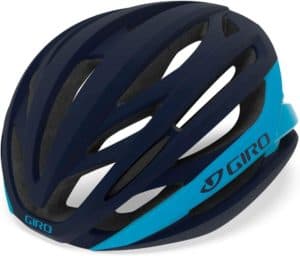
Helmets, of course, are essential. They are not required everywhere, but they can drastically reduce the risk of death.
Most fatal accidents involve the head, so you should consider wearing a helmet.
I suggest you also have a look at our Best Road Bike Helmet Under $100 – [Top 5 Picks For 2019]
Make sure you are visible enough.
Motorists must see you.
So make sure youre visible enough, especially at night, even if there are streetlights.
Make sure you have at least one headlight and taillight in night conditions.
Preferably also a green safety vest if you want to be even safer.
Self-organization
Make sure you are prepared. You dont want to be rushed when you get up early for a ride.
Pack all your clothes and tools the night before to ensure everything is packed and ready to go. Your bike bag should be prepared.
Also very important: make sure your lights are fully charged, mounted, and ready to use on the bike.
Clothing
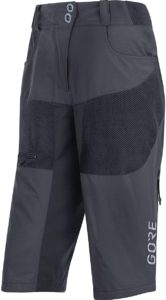
Clothing choices can be significant. I think the most important thing is to have full rain gear that you can wear on the bike if it is wet.
You may also want to consider shoe covers to keep your feet dry. This can be helpful.
Of course, if you are wearing a slip-on shoe, it doesnt matter.
Wearing sunglasses can be helpful even if its not sunny because they keep bugs, dust, or stuff that comes off trucks out of your eyes.
Bike commuting to work
Commuting to work by bike is an excellent idea because its good for your mental health. It allows you to start working with more focus and attention.
Some things to consider if you bike to work:
- Showering at work can be very helpful if you sweat a lot. But it depends on the distance and type of route you are taking.
- If youre carrying documents or a laptop, youll need a bag that can carry them and keep them safe and sound.
- If your work role requires you to wear special clothing, again, you will need a larger bag to carry these items.
Bike commuting in winter
Weve already talked about having full rain gear and shoe covers if youre biking in the rain.
When it comes to how your bike, you need to be more careful when you bike in the winter:
- You need to make sure you have good bike brakes.
- Brake gradually and smoothly; otherwise, you will slip
- Make sure you leave more distance from the vehicles in front of you so you have more time to brake smoothly
- Reduce your speed
Helpful items For Beginner
Rear-view cycling mirror
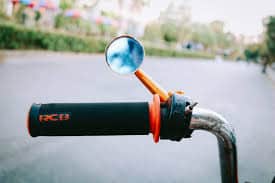
This is good for those who like to look over their shoulder while cycling.
A bike mirror allows you to focus on the road while keeping an eye behind you with a glance in the mirror.
You can find models that clip onto your helmet to see behind you.
Biking bag

Use a bag with many pockets: pockets in the front of the bag and two small pockets on each side.
If you carry a laptop as I do, ensure you have a large compartment and a laptop sleeve.
Some models have a tramp system that provides air circulation and essentially keeps the bag from getting soaked with your sweat.
Reaching the side pockets is more convenient than removing the entire bag.
Consider a basket if you dont like backpacks because of neck and shoulder pain. This is a bag that hooks onto the back of your bike. You can put a lot of stuff in it, and it doesnt weigh down your shoulders.
Other tools
- Headlamp
- Tire levers
- Travel pump: if you get a flat, you can inflate your tire at least enough to get home.
- Gloves for cold days
- Spare inner tube
- Multi-tool that you can use to do all sorts of functions on your bike
- Elastic cords: in case you need to carry something big, so it doesnt fall off
- Lighted armband that you can put around your arms so people can see you when you signal at night.
- Clip-on shoes: can make your ride more comfortable and save energy when climbing hills. Consider getting them. They can improve your efficiency.
Conclusion
Im glad youre thinking about bike commuting. Statistics show that more and more people are making this choice.
Commuting by bike has many pros:
- Its good for your health: You use your muscles and burn calories, using your energy instead of burning gas.
- Reduces your ecological footprint
- Saves money on gas
- You dont have to worry about paying for parking
- Youll save time: you feel much better being able to bike to and from work instead of being stuck in traffic all the time. And there are often shortcuts you can take as a cyclist that can help you save a lot of time.
- Cycling regularly has excellent physical pros, but its also good for your mental well-being. Its a way to clear your head before work. Its relaxing to get out in nature while the sun rises and the birds chirp.
- Small maintenance issues you can fix yourself versus cars
- Its a great time-saver. Cycling is a multi-purpose activity as you get to work, exercise, and clear your head simultaneously.
If you are looking for a commuter bike, you need to check out our posts about:
- Best Budget Commuter Bikes Under $500 – [Top 7 Picks For 2019]
- Best Beginner Road Bike Under $500 - [Top 7 Picks For 2019]
What about you? Are you thinking about getting around on a bike, or are you already doing it?
Share your bike commuting tips with us and leave a comment with your feedback. Im curious to know what you think.
